😃 First of all thanks for checking out this article, By reading this article I'm pretty sure you will get a good understanding of What Serverless is all about, enough talk, Let's go 🚀
What is Serverless?
Definition
In simple terms, it means you just want to write the code of your application and deploy in the cloud, now the whole server part of your application is managed by you're cloud provider, as simple as that in a high-level context.
To understand things better, it's important to know some of the core functionality terminologies, let's see what are those one by one.
Terminologies
FaaS
(Function as a service) is one of the Important concepts of serverless, it simply means your application only responds when the user requests any information regarding your the site it's based on event-driven architecture.
You have more control over logic, this is executed on-demand when no one uses your app guess what, you will not be charged, you only pay when you got a request and the CPU processing time of your request.
These requests are handled by the cloud providers using a service called API gateway.
BaaS
(Backend as a service) It is a cloud service where a web application or mobile application user can easily access the back-end cloud storage is so helpful because now the developers will only concentrate on the front-end code.
Typically users want to access some back-end services, baas acts like a bridge
These services are handled by using a different set of services such as APIs(Application program interface), and SDKs(Software development Kits).
Containers
Containers are the instance of an image, containers are handled by shim, and containers are also called lightweight VMs
containers provide a high level of security because it does not talk to the host operating system and a container does not know what happens outside of the container
Containers have their own operating system to run
Before Serverless
Monolothic
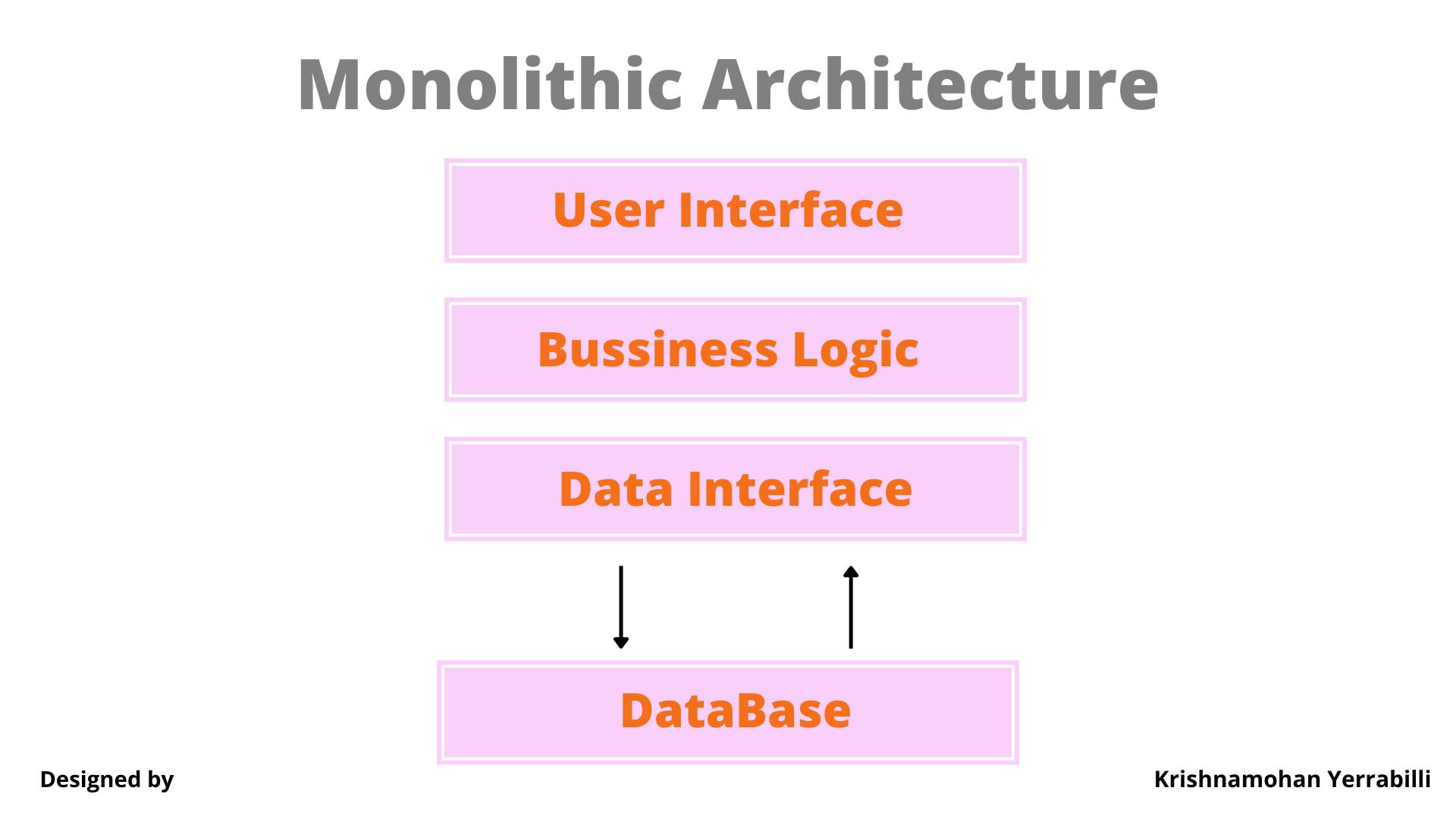
In this architecture, all the components of the applications are bundled in one set of the package
This application architecture is not a good choice for the cloud, because of its design
When any one of the services is down, there is a possibility that the whole application will get the effect
It takes a long time to come back to its normal state and it is a time-consuming task for the developers. and It also has scalability issues.
Microservices
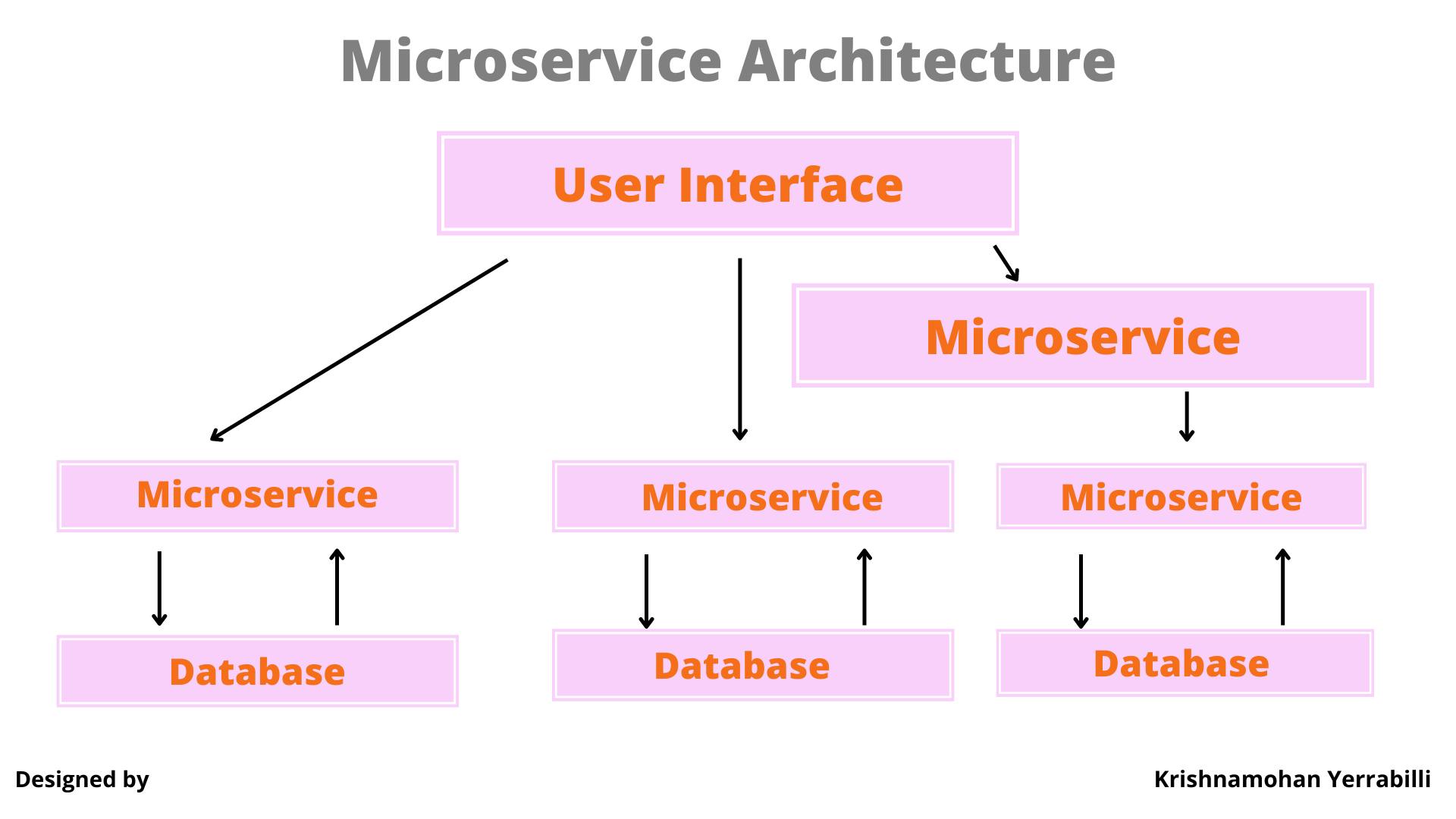
Microservices architecture is where the whole application is divided into smaller components
Individual components can work on their own without depending on other parts of the applications
By adopting this architecture, organizations can scale their applications easily, where a single application is deployed to perform a specific task
Serverless
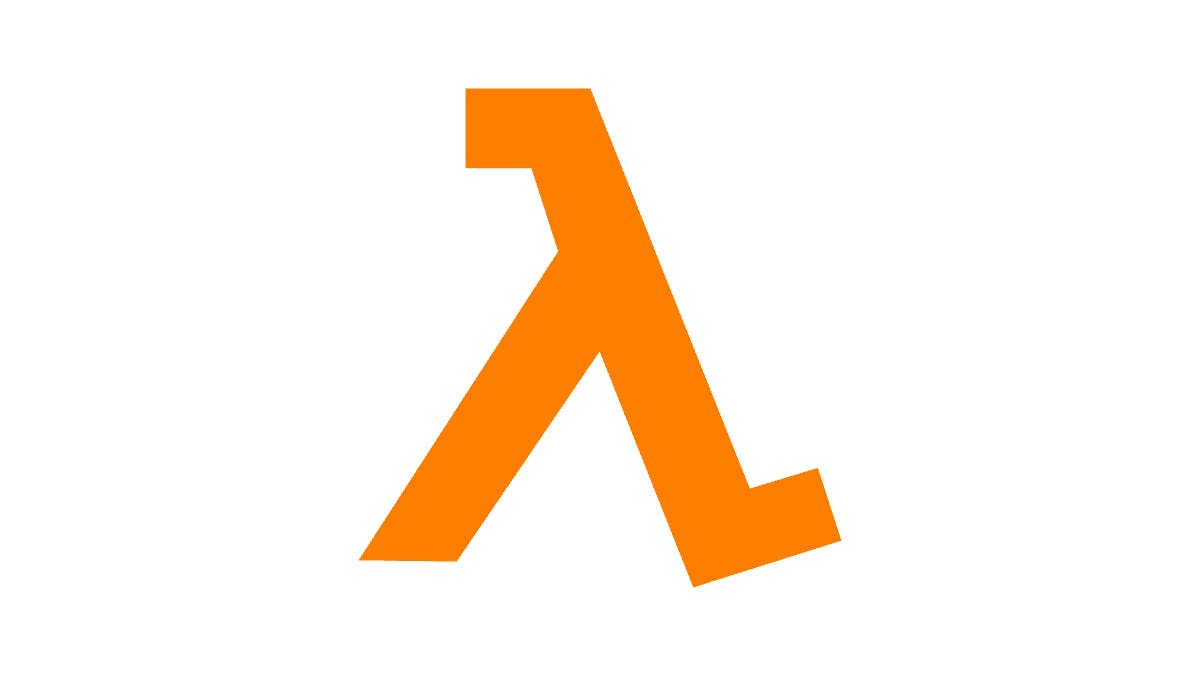
It is purely evolved by the cloud, here serverless utilizes FaaS and BaaS instead of Iaas or Paas, here application is deployed when it is requested along with specified resources, this FaaS is achieved by the user's request.
Here you don't have to manage the servers and the underlying resources used by them, you only pay for the compute time and request count.
Why Serverless?
Because now it's one of the emerging technologies in software development, organizations don't want to manage the infrastructure so the better leverage the power of serverless
Developers can fastly deploy the application.
They simply build cloud-based apps and also for the easy migration of the cloud.
Organisations don't pay when their applications are ideal, ( pay only when you invoke the functions )
Characteristics of Serverless
No server management is needed from the customers.
When the request is invoked a new environment will be created until its executions is done.
Serverless is the cheapest way to deploy back-end applications.
It can scale up and scale down easily.
Where the requests continue to execute you can scale infinitely depending on the env.
The application only runs on-demand.
How does it work?
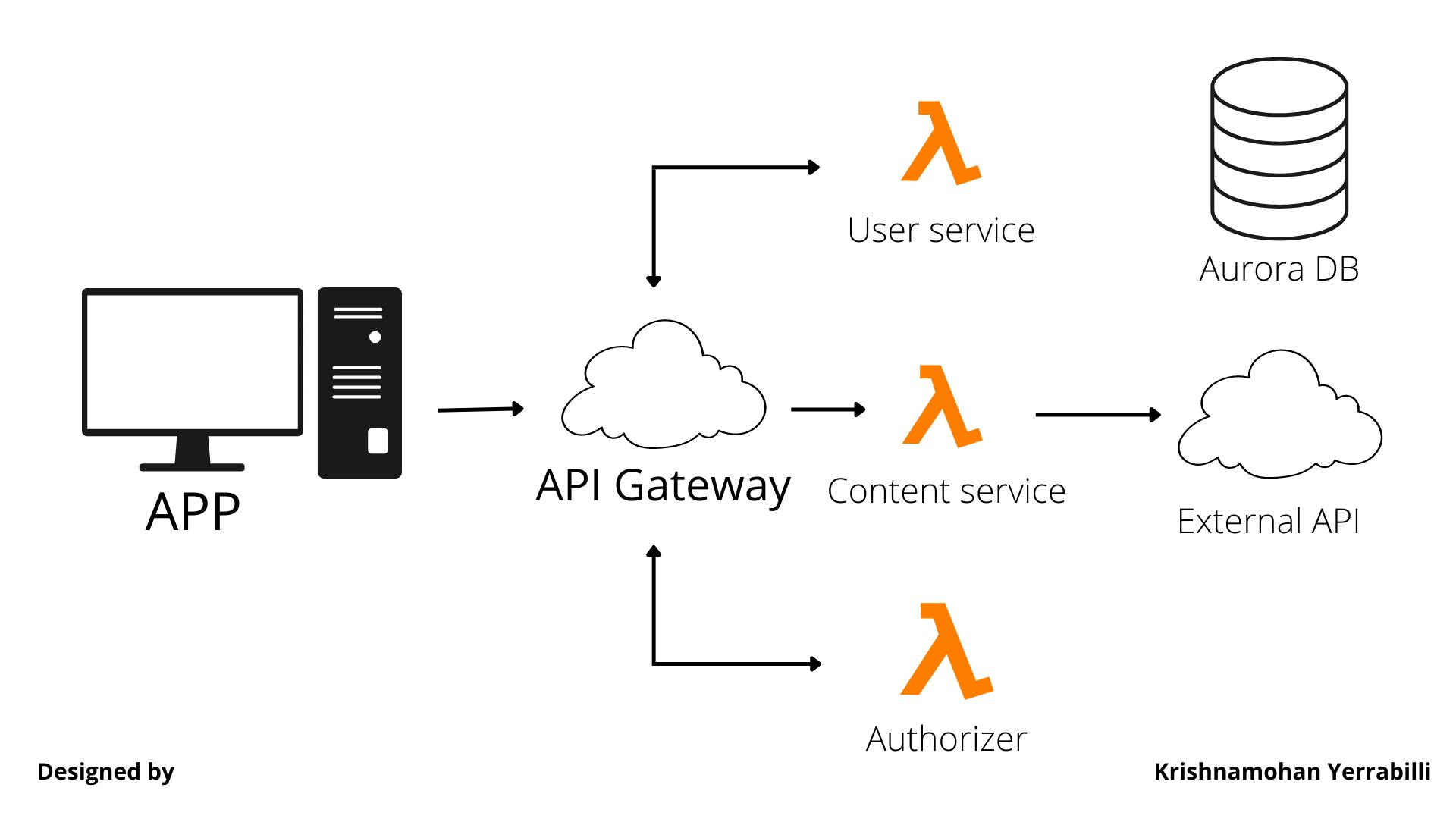
The serverless architecture combines two phases one function as a service and another one is a backend as a service, instead of BaaS, Serverless mainly focuses on the FaaS, because it doesn't need to provision resources.
Most of the software dev teams and organizations adopting this nature, here is how it works software developers write a code that triggers an event
The event invokes the function, and the function is the service after the execution is done, it simply comes into a normal state.
Use-Cases
Parrallel-computing
Serverless is an efficient option for parallel computing because it can easily scale up the resources so high load tasks can be easily distributed and can fastly be done to complete the operation.
Api-Backends
Any function can be turned into an HTTP endpoint, that is ready to serve to the clients, These actions are known as web actions when it is enabled on the web
If this all goes correctly Integrating the function into a Full-fledged API becomes easy.
Batch process
You can easily launch extremely fast process streaming apps, you can create Pipelines with FaaS, and a database for Apache Kafka, and not only that we can also, initiate and use IoT sensors fast transfers.
Data-processing
Serverless is a great use-case for data processing, such as (OCR) optical character recognization ), and also for video transcoding, pdf processing, data generation, data validation, transformation, enriching (data enhancement method), and many use cases.
Pros
Faster Deployment
While developers don't write code for backend configuration and they also don't create config for new app versions, so developers can easily deploy the product in a bit of seconds
With this type of serverless advantage, we can say it is also environment friendly, green-computing, reduced costs, on-demand purposes, and the list goes on.
Scalability
Serverless handles Scalability, based on the demand it scales up easily and scale down whenever the application is needed, for this reason people often say "Elastic".
Developers are not config auto-scaling for their application after they don't need to tune with policies, and for juniors devs
It's quite easy just to deploy the application code and no need for expertise, just release the code, everything else is managed by the application provider.
Cost-effective
Customers don't need to buy or rent servers based on their usage, it's just scales when they needed
They don't pay when they not running the application, it is based on the "pay as you go" model so you only pay what you use.
CSP only charges for certain use cases like the memory you used, the processing power, you don't pay when they're idle.
Productivity
Developers don't need to handle server management, instead, they can think about code and application improvement, Serverless simplifies the back-end development
They don't need to think about managing HTTP requests and handling multi-threading.
Latency
While the application is region-oriented, users in the region can easily and fastly access the application because the end-users are near and the request and response time is fast, tho it is on low latency.
Cons
Security
Security is not compromised in the cloud, everyday cybersecurity attacks are increasing, transferring sensitive data between the network is risky, because even we can't say 100% sure that full security is provided.
Performance
The initial request takes time if no other servers running behind, this extra latency is also called a cold start
These latency requests are exhibited with less frequency even more than less latency, then the virtual machines, software containers, dedicated servers
Which CSP's offering Serverless
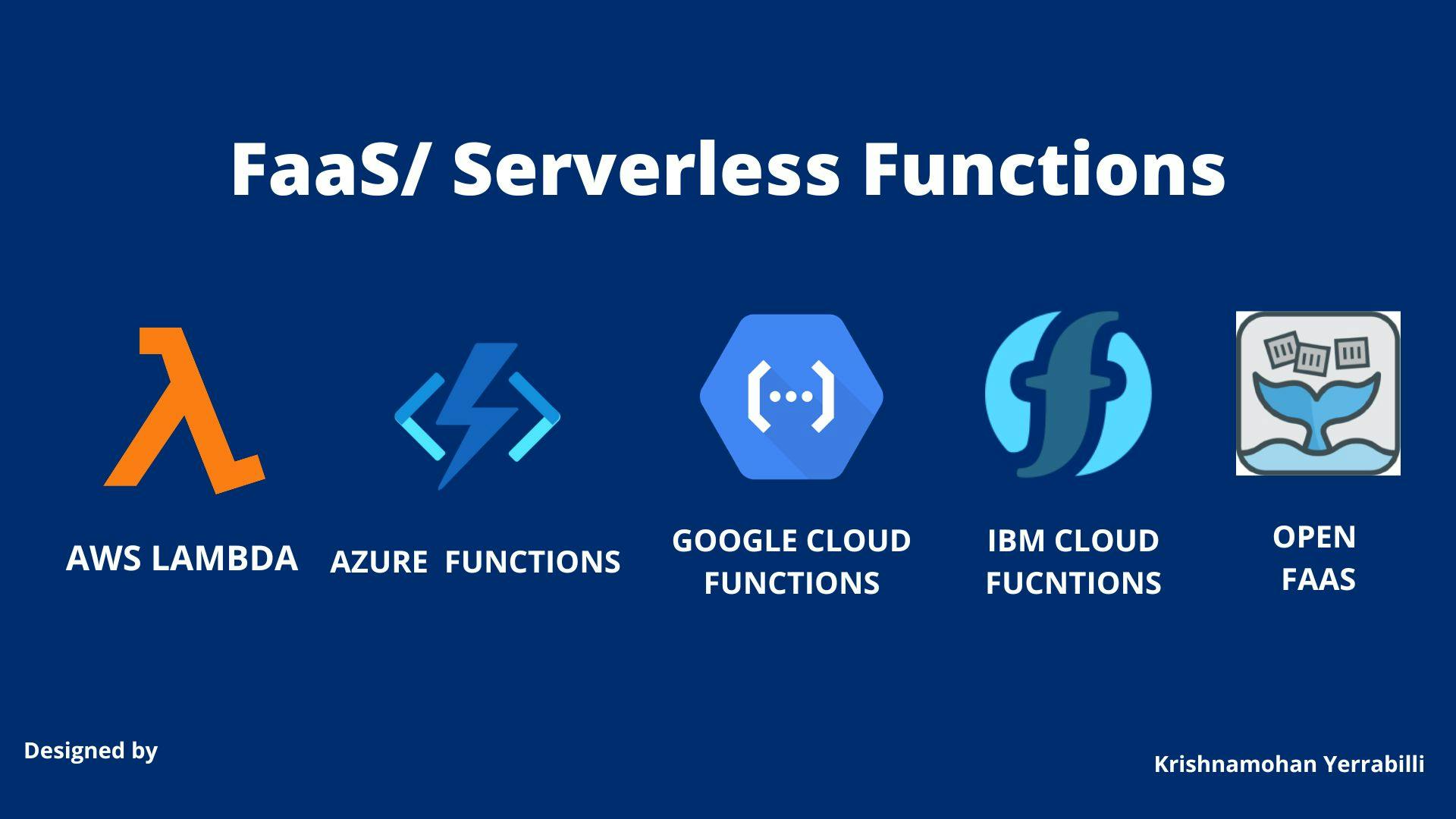
References
Building Microservices: Designing Fine-Grained Systems
Designing Distributed Systems: Patterns and Paradigms for Scalable, Reliable Services
Thank you for reading my blog. If you like my work feel free to connect -> LinkedIn or Twitter, see you with another one guys. 😀
